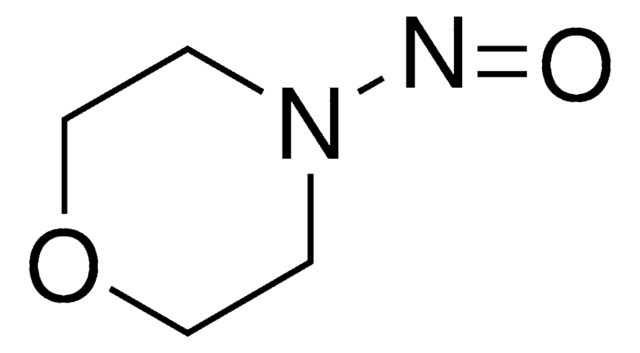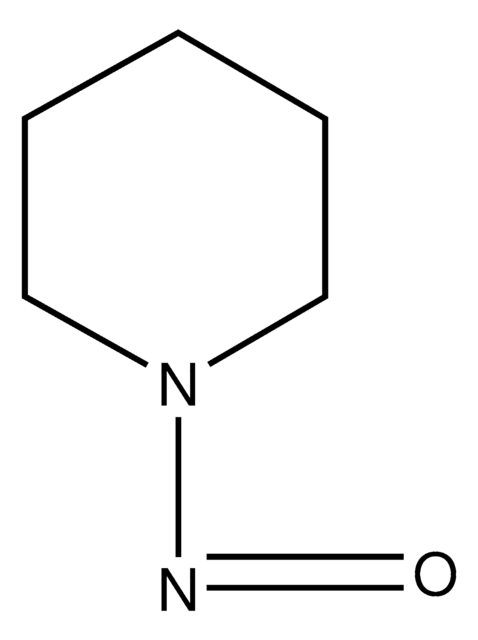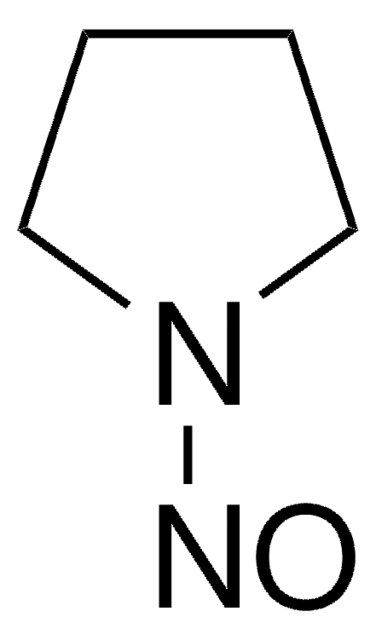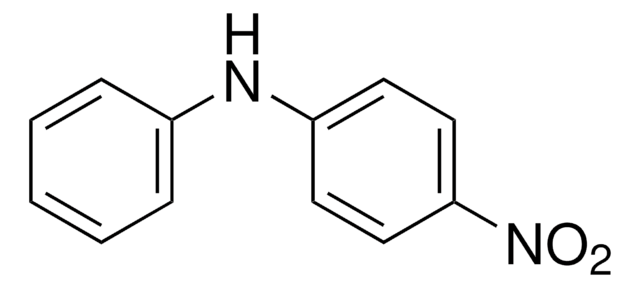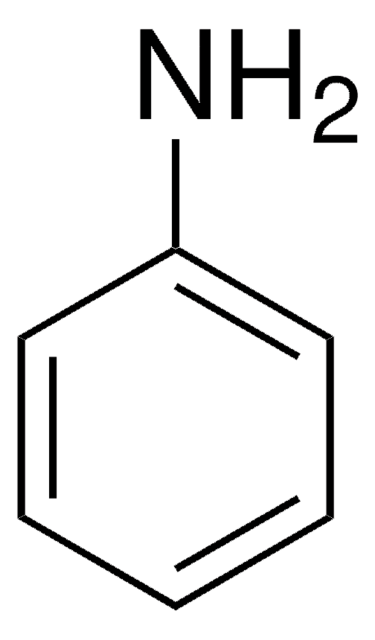158240
1-Nitrosopyrrolidine
99%
Sinónimos:
N-Nitrosopyrrolidine, NPYR
About This Item
Productos recomendados
assay
99%
refractive index
n20/D 1.489 (lit.)
bp
214 °C (lit.)
density
1.085 g/mL at 25 °C (lit.)
SMILES string
O=NN1CCCC1
InChI
1S/C4H8N2O/c7-5-6-3-1-2-4-6/h1-4H2
InChI key
WNYADZVDBIBLJJ-UHFFFAOYSA-N
¿Está buscando productos similares? Visita Guía de comparación de productos
Application
Biochem/physiol Actions
signalword
Warning
hcodes
Hazard Classifications
Acute Tox. 4 Oral - Carc. 2
Storage Class
10 - Combustible liquids
wgk_germany
WGK 3
flash_point_f
208.4 °F - closed cup
flash_point_c
98 °C - closed cup
ppe
Eyeshields, Faceshields, Gloves, type ABEK (EN14387) respirator filter
Elija entre una de las versiones más recientes:
¿Ya tiene este producto?
Encuentre la documentación para los productos que ha comprado recientemente en la Biblioteca de documentos.
Los clientes también vieron
Artículos
DNA damage and repair mechanism is vital for maintaining DNA integrity. Damage to cellular DNA is involved in mutagenesis, the development of cancer among others.
Nuestro equipo de científicos tiene experiencia en todas las áreas de investigación: Ciencias de la vida, Ciencia de los materiales, Síntesis química, Cromatografía, Analítica y muchas otras.
Póngase en contacto con el Servicio técnico